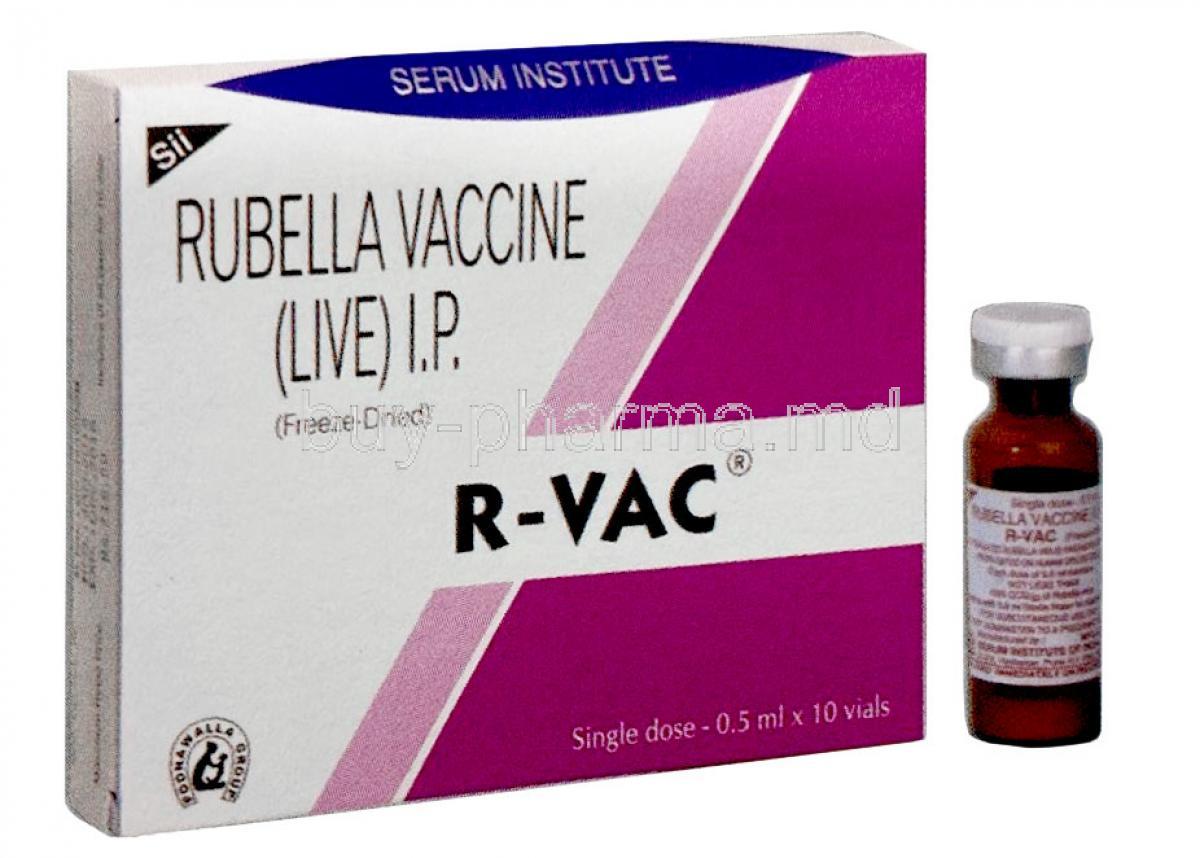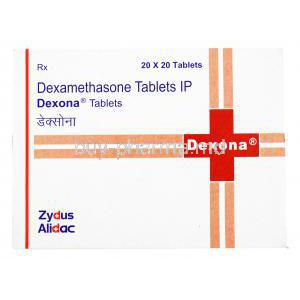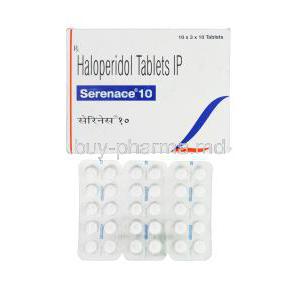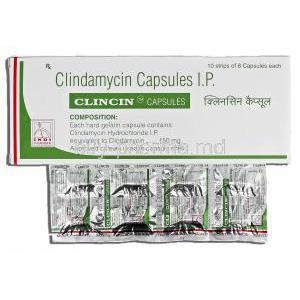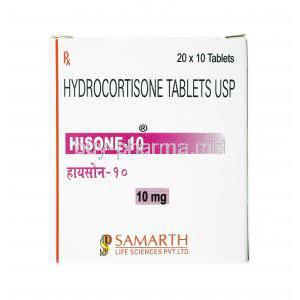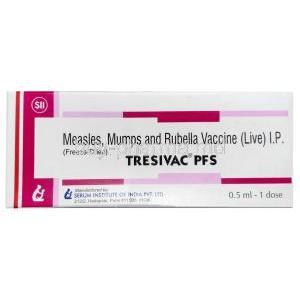R-VAC Vaccine
- Introduction
- Uses of R-VAC Vaccine
- Composition of the R-VAC Vaccine
- How R-VAC Works
- Dosage and Administration
- Storage Requirements
- Side Effects of R-VAC
- Interaction With Other Vaccines and Medications
- Warnings and Contraindications
- 10. Careful Administration
- 11. Off-Label Uses of R-VAC
- 12. Important Precautions
- 13. Overdosage
- 14. Handling Precautions
Introduction
The R VAC vaccine is a step forward in immunization, providing a strong defense against various illnesses. By prioritizing health, its usage plays a vital role in controlling the transmission of contagious diseases, ultimately lowering illness and death rates.
Uses of R-VAC Vaccine
Preventing Diseases:
- The R-VAC vaccine is specifically designed to provide immunity against particular pathogens, safeguarding individuals from contracting these illnesses.
- One of the diseases it targets is rubella, which is highly contagious and caused by a virus.
- Administered by healthcare professionals, the vaccine protects children from rubella and related complications.
Composition of the R-VAC Vaccine
The creation of the R VAC vaccine involves a blend of components with specific roles:
Active Ingredients and Their Functions. These essential elements are crucial in triggering a protective immune response against various diseases.
Excipients and Adjuvants: These additional substances boost the vaccine's effectiveness, maintaining the potency of active ingredients and stimulating a stronger immune reaction.
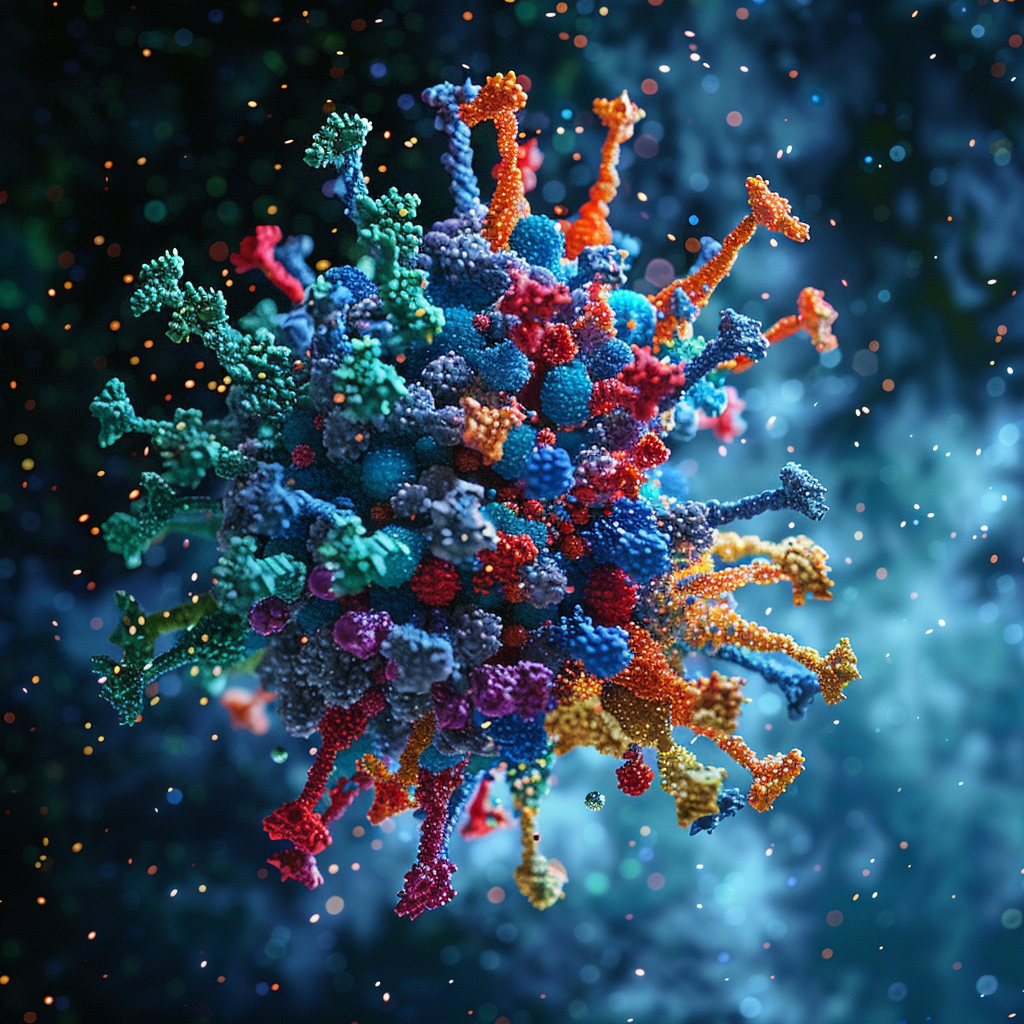
How R-VAC Works
The R VAC vaccine works by encouraging the system to identify and fight off harmful agents more efficiently. This is accomplished through The Science Behind R VAC.
- By introducing antigens or weakened versions of the pathogens, the vaccine prepares the system to react more strongly when encountering them in the future.
- Stimulation of Immune Response by R VAC: The adjuvants included in the vaccine formulation are essential for enhancing this response, guaranteeing lasting immunity.
Dosage and Administration
The way the R VAC vaccine is given is customized to suit groups of people, ensuring the best possible protection for all age ranges.
Dosage Recommendations for Various Age Groups are carefully adjusted to prompt a sufficient immune response while reducing the likelihood of negative reactions.
Practices, for Administration; The R VAC vaccine can be given in ways, chosen according to the type of vaccine and the characteristics of the patient.
Timing and Frequency of Injections: A specific schedule is advised to enhance both the effectiveness of the vaccine and the lasting immunity it provides.
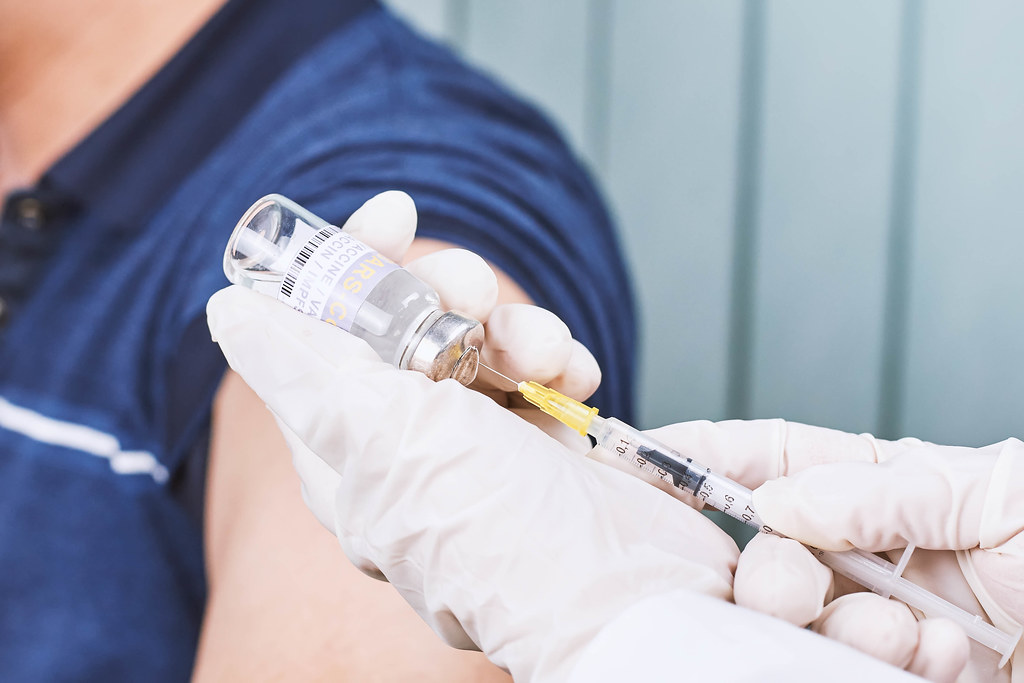
Storage Requirements
Ensuring the R VAC vaccine is stored correctly is crucial to maintaining its quality and effectiveness:
- Maintaining Efficacy through Optimal Storage Conditions involves keeping it within temperature ranges and shielded from light.
- Following guidelines on Shelf Life and Expiry guarantees the vaccine potency remains intact until it is administered.
Side Effects of R-VAC
While the R VAC vaccine is usually considered safe, a few individuals might encounter some side effects, which are usually mild and temporary.
- Common side effects, like localized pain, redness, and fever, can be handled with care.
- In cases, more serious adverse reactions may arise, requiring prompt medical attention.
- Monitoring and reporting any side effects is important to ensure continuous safety monitoring.
Interaction With Other Vaccines and Medications
The R VAC vaccine might have effects when used alongside vaccines and medications, impacting how well it works and its safety.
- Understanding these interactions is crucial for healthcare providers to plan vaccination schedules correctly.
- Recommendations for Combining with Vaccines: Mixing vaccines needs to be done at specific times and with proper spacing to prevent weakening the body's immune responses.
- Effects on Medication Performance and Safety: Taking medications at the same time could affect the effectiveness of the vaccine or raise the chances of negative side effects.
Warnings and Contraindications
When thinking about the R VAC vaccine it's important to consider health issues and allergies that may prevent its use. People with a past of allergic reactions to any part of the vaccine should avoid getting it. Moreover certain health conditions, like immune system disorders may need an assessment before getting vaccinated. Severe allergies to vaccine ingredients and immune system disorders needing evaluation are factors to consider.
10. Careful Administration
The R VAC vaccine requires administration, especially when dealing with vulnerable groups. Adjustments may be needed to address any changes in immune response due to age in adults. Pregnant women and breastfeeding mothers should carefully weigh the timing and necessity of vaccination to safeguard the health of their baby. Likewise, providing the vaccine to children involves assessing the dosage and potential side effects through a thorough evaluation process before vaccination, for safety and effectiveness.
11. Off-Label Uses of R-VAC
Exploring the potential of the R VAC vaccine for therapeutic uses is ongoing, beyond its original purposes. Although using it off-label could open up possibilities in preventing and treating diseases, the effectiveness of such applications relies on different levels of supporting evidence and research. Healthcare professionals must consider the advantages versus the drawbacks based on the most recent scientific discoveries. Delving into novel approaches for disease prevention Applications supported by evidence and research
12. Important Precautions
To make sure vaccines are given safely it's important to follow rules when handling and preparing them. This means being careful to prevent contamination and using the techniques for giving the vaccine as mistakes could affect how well the vaccine works and how safe it is. Healthcare professionals need to stick to the guidelines, in place to reduce these risks.
13. Overdosage
In case of taking much medication it's important to quickly identify the symptoms and signs. Prompt action is necessary to handle the situation, and treatment methods will differ depending on how serious the overdose is. Healthcare professionals must be ready to apply these steps to minimize any negative consequences. Identifying the symptoms and signs of an overdose Promptly managing and considering treatment options
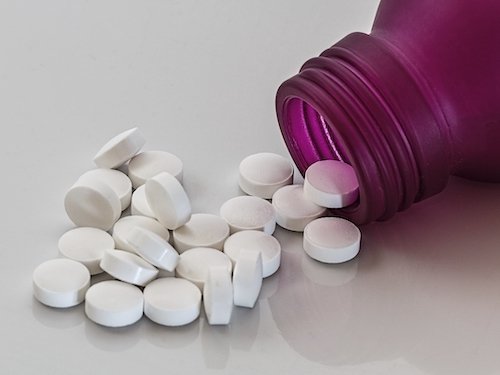
14. Handling Precautions
Properly discarding vaccine vials and applicators is crucial for ensuring infection control measures are followed during the vaccination process. It's important to use safe disposal techniques to avoid any exposure or environmental harm. These procedures are vital for upholding a vaccination environment for healthcare workers and those receiving the vaccines. Implementing ways to dispose of vaccine vials and applicators Following infection control guidelines to uphold a secure vaccination setting

